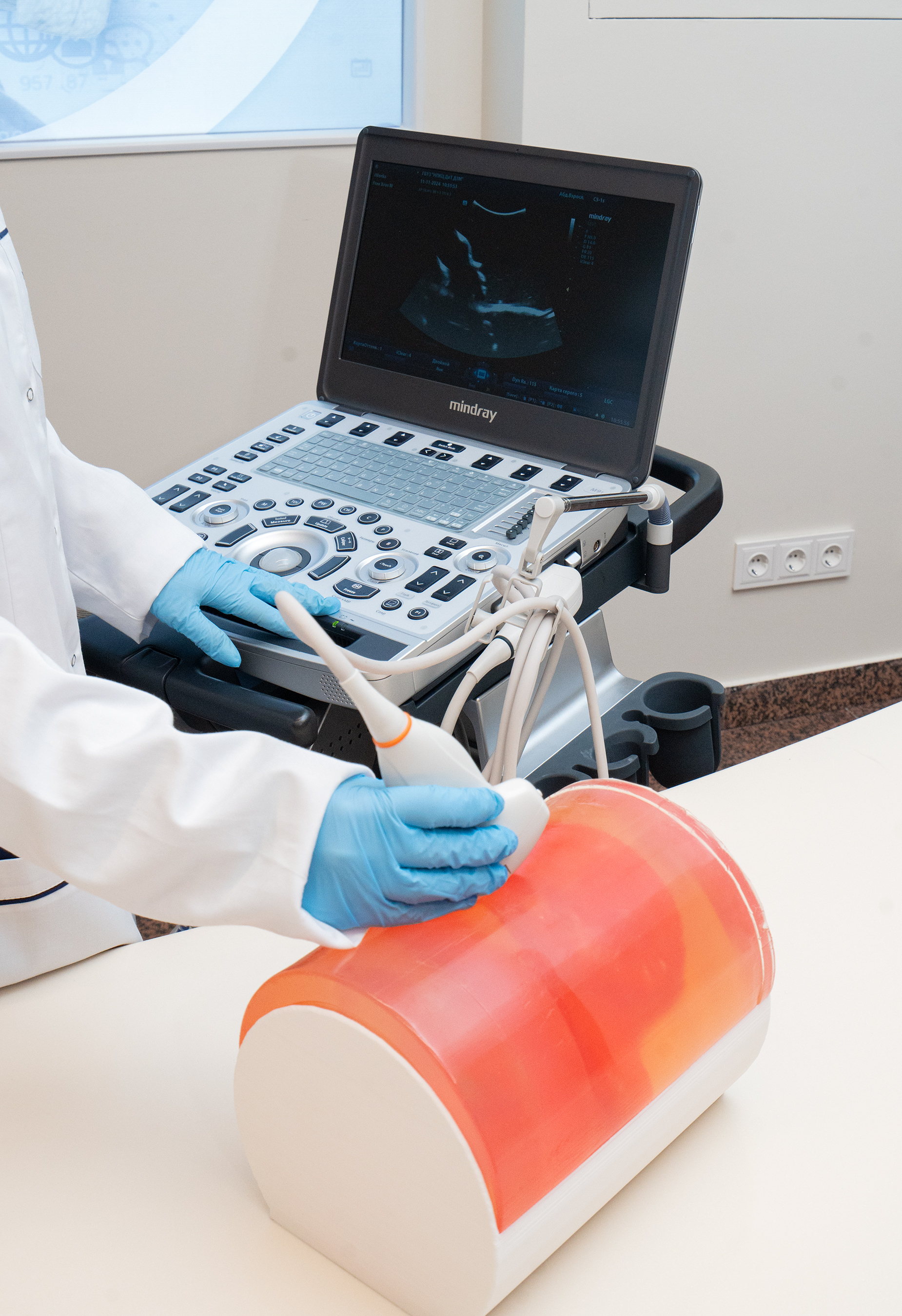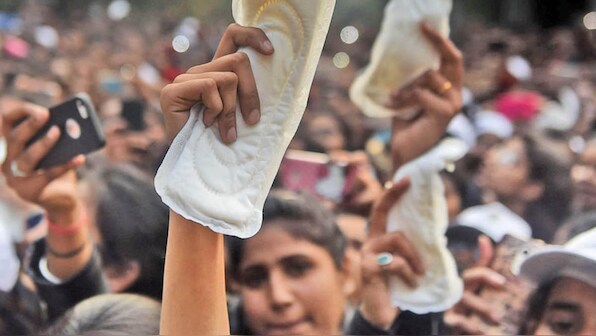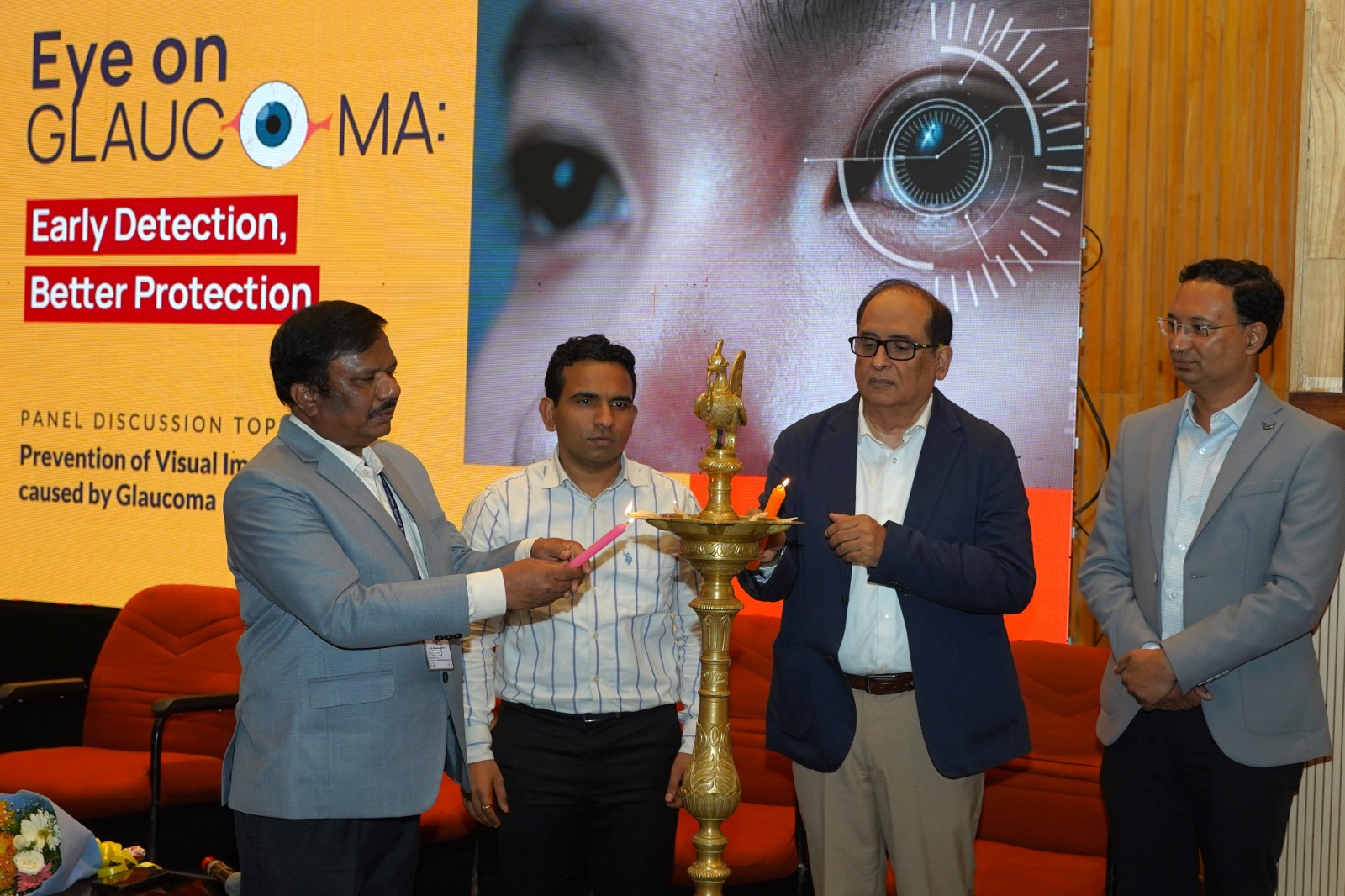There has been a notable spike in the cases of Hand Foot and Mouth Disease this year. Although it was known to affect kids below five years of age, this year a higher number of older children are seen affected by this.
It is a mild, contagious viral infection that is generally self-limiting. It is more common in children younger than 5 years old but can happen to children older than this even to adolescents. It is caused by coxsackievirus which belongs to a group of viruses called a non-polio enterovirus. The disease is not serious but is highly contagious, and spreads very quickly from one to another. As small children at schools are not that big to take care of precautionary and preventive measures, the disease generally transmits via children at schools and daycare centers.
It spread through person-to-person contact. Infected person’s nose secretion, throat discharge, saliva, fluid from blisters, stool, or respiratory droplets that are sprayed into the air are the common route of transmission.
Why is there a notable spike in Hand Foot and Mouth Disease cases?
Experts feel that higher cases of Hand Foot and Mouth Disease this year can be attributed to the full-fledged re-opening of schools or maybe a different infectious strain. For the last two years, schools were running online, children were not coming into physical contact, thus the disease had less scope to spread among the larger population.
Secondly, still many parents are not aware of this infectious disease and they are sending their kids to school even if they show symptoms. Being highly contagious, the disease spread rampantly. There is a lack of awareness among parents related to the disease. It’s the need of the hour, being ideal citizens we all need to spread awareness about the disease so as to curb the disease.
Symptoms of hand Foot and Mouth Disease
- Fever
- Sore throat
- Ulcers inside mouth
- Loss of appetite
- Fatigue
- Crankiness
- Rashes on palms, soles and sometimes on buttocks
- Rashes turns into blisters after 2-3 days
The symptoms of Hand, Foot, and Mouth Disease usually start to appear 3 to 7 days after a person is infected and typically last for 7 to 10 days. Blisters inside the mouth are often the most troublesome symptom because they can make eating and drinking quite painful.
Treatment
- Keep your child hydrated. Hydration is very important. Give your child plenty to drink. ORS or water intake will prevent dehydration.
- Give soft or liquid food to your child.
- Avoid tangy or acidic food.
- Encourage your child to take proper rest. Avoid sending them to schools or daycare until their blisters dry up.
- Don’t burst the blisters, the water content will cause more infection.
- Allow blisters to dry out naturally.
Preventive measures to avoid contraction
- Make your children follow hand hygiene. Make them understand the importance of washing their hands thoroughly after touching fluids from an infected person with soap or using an alcohol-based sanitizer. They should wash their hands after using the toilet. Children should also cover their noses and mouths while sneezing and coughing along with washing their hands.
- Children shouldn’t share items such as drinking cups.
- Keep children far away from the infected person.
Do children require hospitalization?
A majority of children recover at home and rarely require hospitalization. As it is a self-limited illness, the symptoms last up to 7-10 days and fade away.
When to visit the doctor or hospital?
- Continuous fever for 72 hours or more)
- Showing signs of being dehydrated (such as not passing urine as often as usual)
- Rapid breathing
- Excessive tiredness, drowsiness, irritability
- Difficulty walking
- Symptoms that get worse after a few days
- Unable to walk
Some children may develop complications due to dehydration because of poor oral intake. Hence it is of utmost importance to maintain the hydration level.
Hand Foot and Mouth disease can be easily treated with some medicines, proper rest, and maintaining hydration level.
(Disclaimer: The content on this site is for informational purposes only, and should not be taken as professional medical advice. Always seek the guidance of your doctor or other health professionals for any questions you may have regarding your health or a medical condition.)

 Cases of Hand Foot and Mouth Disease are on the rise. It is a mild, contagious viral infection that is generally self-limiting. More common in children younger than 5 years old but can happen to children older than this even to adolescents.
Cases of Hand Foot and Mouth Disease are on the rise. It is a mild, contagious viral infection that is generally self-limiting. More common in children younger than 5 years old but can happen to children older than this even to adolescents.










.jpeg)








.png)
.png)

.png)
.png)
.png)

.png)
.png)
.png)

.png)
.png)